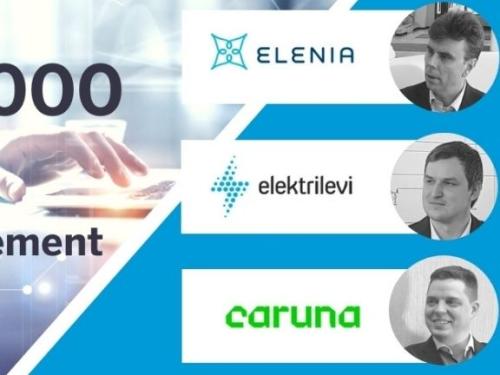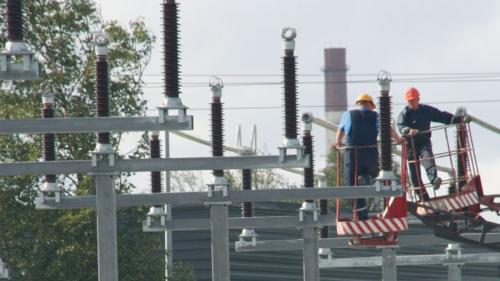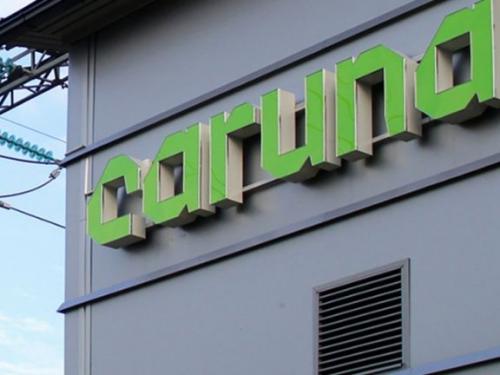Asset Management - Risks & Opportunities in ISO 55000
When talking to three of our DSO Customers (Distribution System Operators) about the international ISO 55000 standard for their asset management systems, risk management was brought up as an intrinsic part of improving also asset management activities. Elenia, Elektrilevi and Caruna told us about their ISO 55000 asset management certification. Overall, the standard drives companies to look at the big picture of how they are running their business, as it can be left a little scattered from, for example, organizational changes or the how-it’s-always-been-done habits. The asset management development project, then, becomes about putting the entire puzzle together, one sub-area at a time.
Rasmus Armas, Head of Asset Management at Elektrilevi, describes: “There are a lot of areas included in the standard and everything has to be in place. But it’s essential to also look at what happens in real life where there are always problems. You need to look at how to handle the non-conformities and how to react to those, and improve constantly.”
For utilities, there’s no standalone element for risk management in ISO 55000 but instead, it’s a natural part of the overall system to run the company with. “It must be seen as common risk management for all the company management systems. ISO 55000 focuses on asset management risks, but not separately, and that’s good to understand,” Sauli Antila, Head of Strategic Asset Management at Caruna, points out. He continues: “Of course, all these ISO systems are continuous development systems, and one way to find the development actions in them is through risks. You identify the risks, evaluate them and find your targets for the development. So, I don’t see it as a separate item in the system. Instead, it’s a natural way to develop your business.”
The standard suggests extending the thinking from risks also to the opportunity recognition. “It means that we’re not only focusing on the risks but also on the related opportunities. That is to say there are always two sides to a coin, so where there is an identifiable risk, there is also an opportunity. For us, that was a mental change of a kind in our organization,” reflects Jorma Myllymäki, COO at Elenia. One good example is an IT system renewal, where it’s naturally important to consider the risks related to the changes before actually implementing, or even before starting to prepare for the implementation. But at the same time, the change can always open also new opportunities for further improvement of, say, utility operations or core processes. Myllymäki continues: “Take the IT system example, it always has both, risks and opportunities, and identifying them both is very important. Of course, if you see some major risks, you need to mitigate them and have a good risk management plan in place. But if you identify certain opportunities, it’s equally important that you really capitalize those opportunities in the best possible way in your business.”
That said, however, Caruna prefers to challenge the linking between risks and opportunities a little. “Previously, we had those tied together, risk and opportunity, always,” Antila starts and continues: “But different people are working on the risks and others focusing on the opportunities, because it’s a different mentality. So for us, opportunities are yet a separate thing.”
In the electricity distribution business, reliability of the power delivery and security of supply in the distribution networks in general is a major issue. Accordingly, mitigating the risks related to, for example, storms causing interruptions are always at focus for all the utilities. “If you can assess the risks related to network components out in the field, that is, one way or another predict and manage the risks related to component failures or outages, it will definitely help improve the reliability in many ways,” says Myllymäki. One way to tackle the reliability challenge is by underground cabling, which is what the Elenia Weatherproof concept is for, as an example. Another example for risk assessment is examining the environmental aspect, which for Caruna resulted in a project for replacing pole-mounted transformers in groundwater areas. “We have these transformers up in poles, and if they leak, the oil leaks directly to the ground,” Sauli Antila explains. “It’s actually quite a massive risk for us, since when starting up three years ago, we analyzed and found that we had 1,400 of such transformers.” To mitigate the risk, Caruna made a significant investment decision to develop its network to eliminate all of the pole-mounted transformers. “This is the third and last year for the project, and we have already eliminated a huge amount of those transformers,” Antila states, explaining that the very realistic target is to have zero pole-mounted transformers in the groundwater areas by the end of this year. This is great news for the environment but it’s also a considerable investment for the utility. Antila continues: “It’s a good example of how we have developed our ways of working. Instead of just analyzing and prioritizing lists as we did previously, we decided to take some actions and show our commitment.”
Real-life examples are also an important part of the discussions with the ISO 55000 auditors, explaining how the risk management works at the utility with concrete actions. Focusing on how the overall system is implemented in real life is also an important aspect at Elektrilevi. Rasmus Armas concludes: “You can have a very good system documented and set up, but the question is does it actually work, and what happens when real life happens.”







